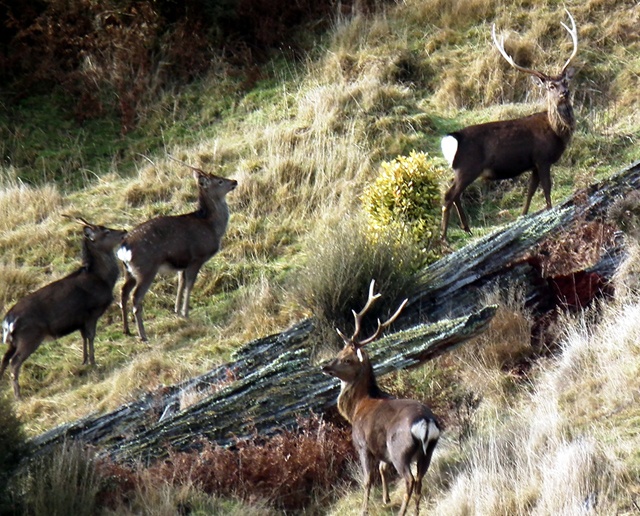


About
06 July 2016
The direct ancestry of New Zealand’s first established sika population is quite clear. The first successful liberation was in the Kaimanawa Mountains of the North Island in 1905 and the released deer came from the Duke of Bedford’s Woburn herd in England. That part of the story is very easy to tell, but earlier ancestry is very murky.
What sub-species of sika were the original stock? Good question; and one that is very hard to conclusively answer. Apparently the Duke of Bedford said that the gifted sika were of the Manchurian type, but since five subspecies of sika lived on Woburn Abbey estate at the turn of the century, it is almost certain that mixing of races of sika had taken place long before animals reached New Zealand forests. In the 1960s a large sika deer research survey based on the Kaimanawa-Kaweka sika herds observed a range of animals that in the opinion of observers were indeed of very mixed origin. For this reason, New Zealand sika are now all lumped together under the one classification: Cervus Nippon.
Hunting sika with my camera I get to see a lot of deer and occasionally one or two just look different to the others. It may be colour, size or body shape, but they sure look like a different sub-species. A good example occurred on Poronui a couple of years ago. Mark McGlashan and I had seen a good, normal looking eight-point stag hanging out with some younger mates and did a stalk on him. Short story; got one photo then he busted us and with a derisive squeal he and his friends scarpered. I managed a couple more camera shots of a good stag fleeing. Got a few of those in my sika collection.
His squeal disturbed other deer and next minute I could see another eight-pointer heading in our direction. He stopped near us and I snapped off a sequence of photos. Unlike the bulkier first eight, this animal was delicate, light in colour and weight, and quite pointy in the face. The two mature stags were clearly different. Pretty would best describe the second stag. His antlers had the right number of points but like everything else were light.
Later that afternoon we encountered a cull stag with an amazing chocolate brown coat. It was winter so naturally rich in hue but from a distance he had appeared black. We had originally identified it as a goat. Compared to other deer with light brown or grey-brown coats, it was quite unique. New Zealand sika were once commonly known as Jap deer, but it is clear now they have they characteristics of several Chinese and Japanese subspecies.
Want to ask a question about Poronui, personalise your vacation with bespoke itinerary options or find out about available dates?
Simply fill in your name and contact email address with a short message and we will get back to you.